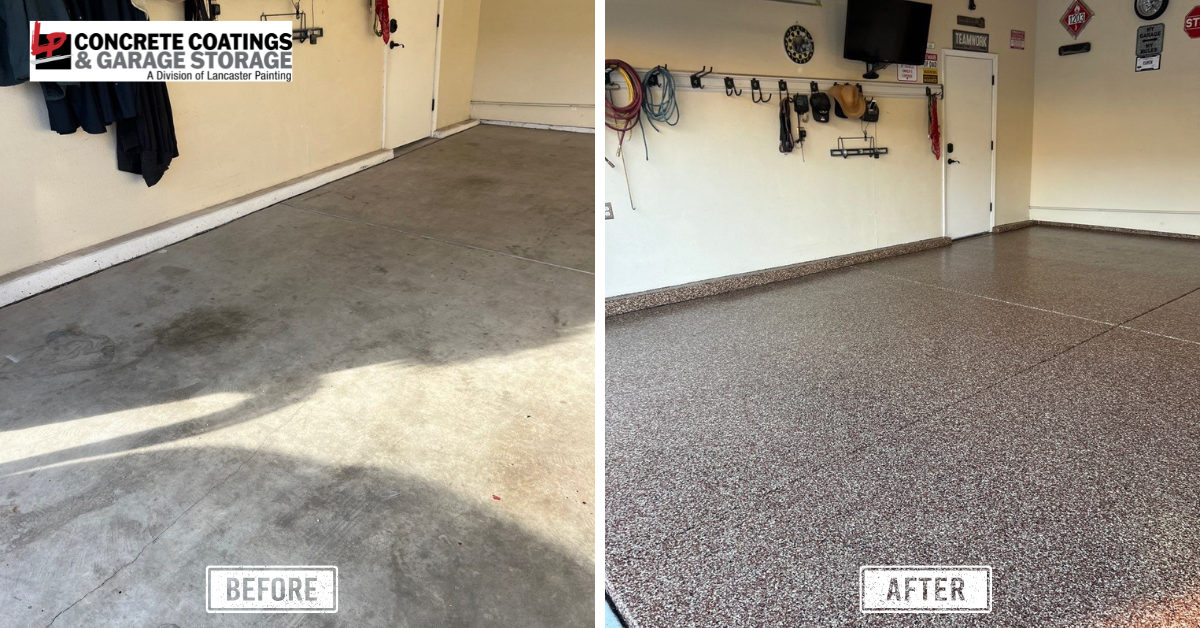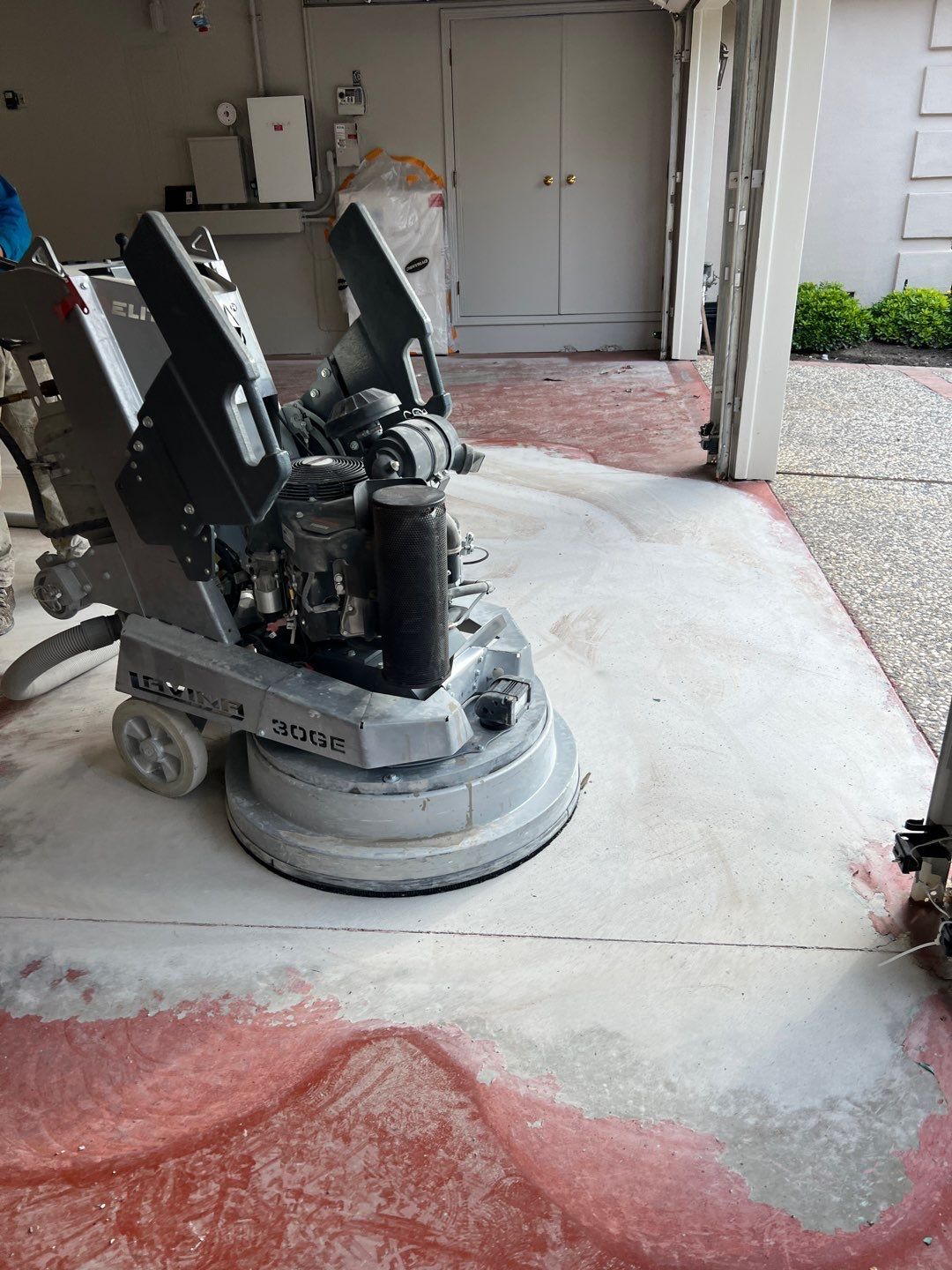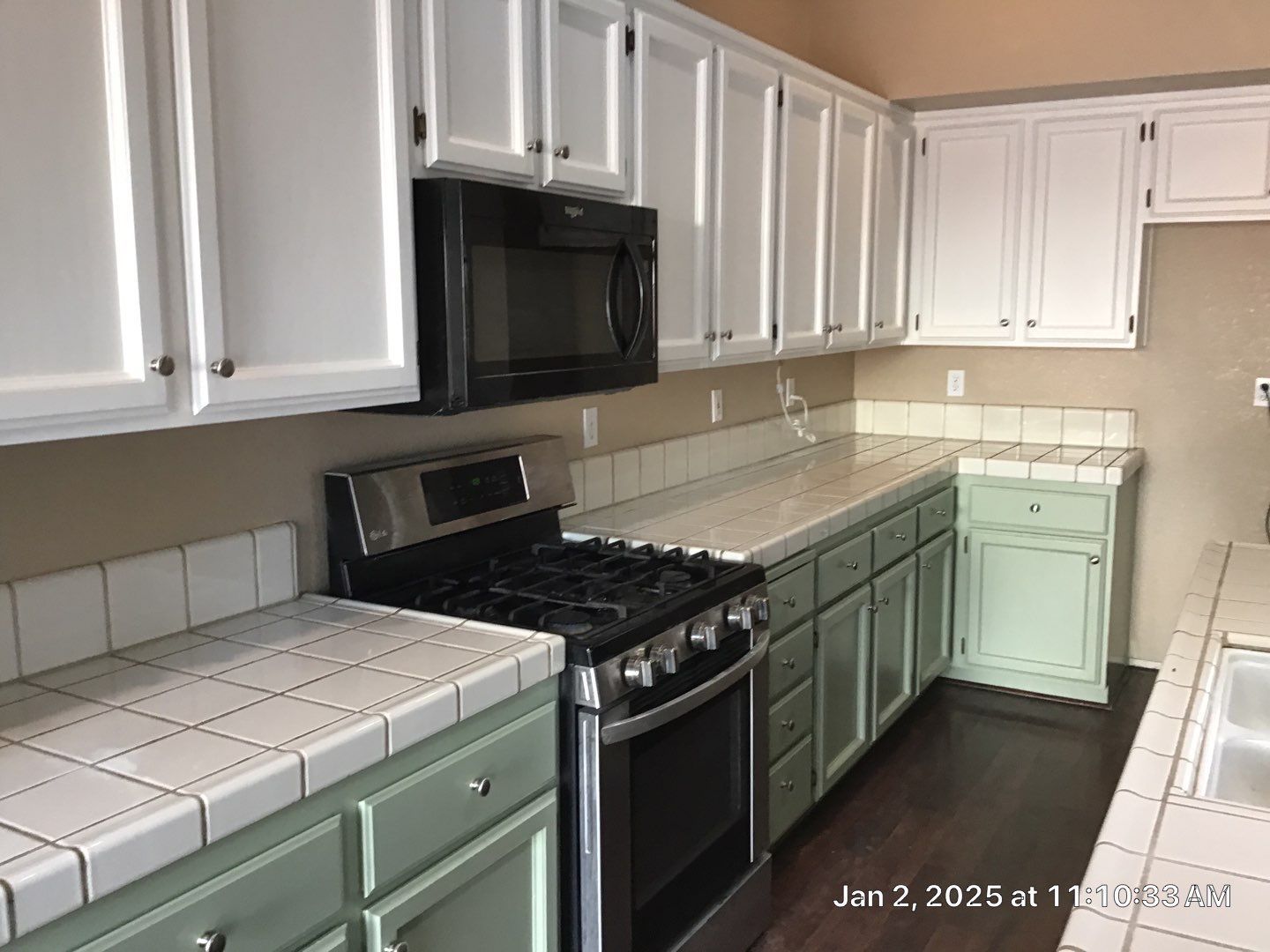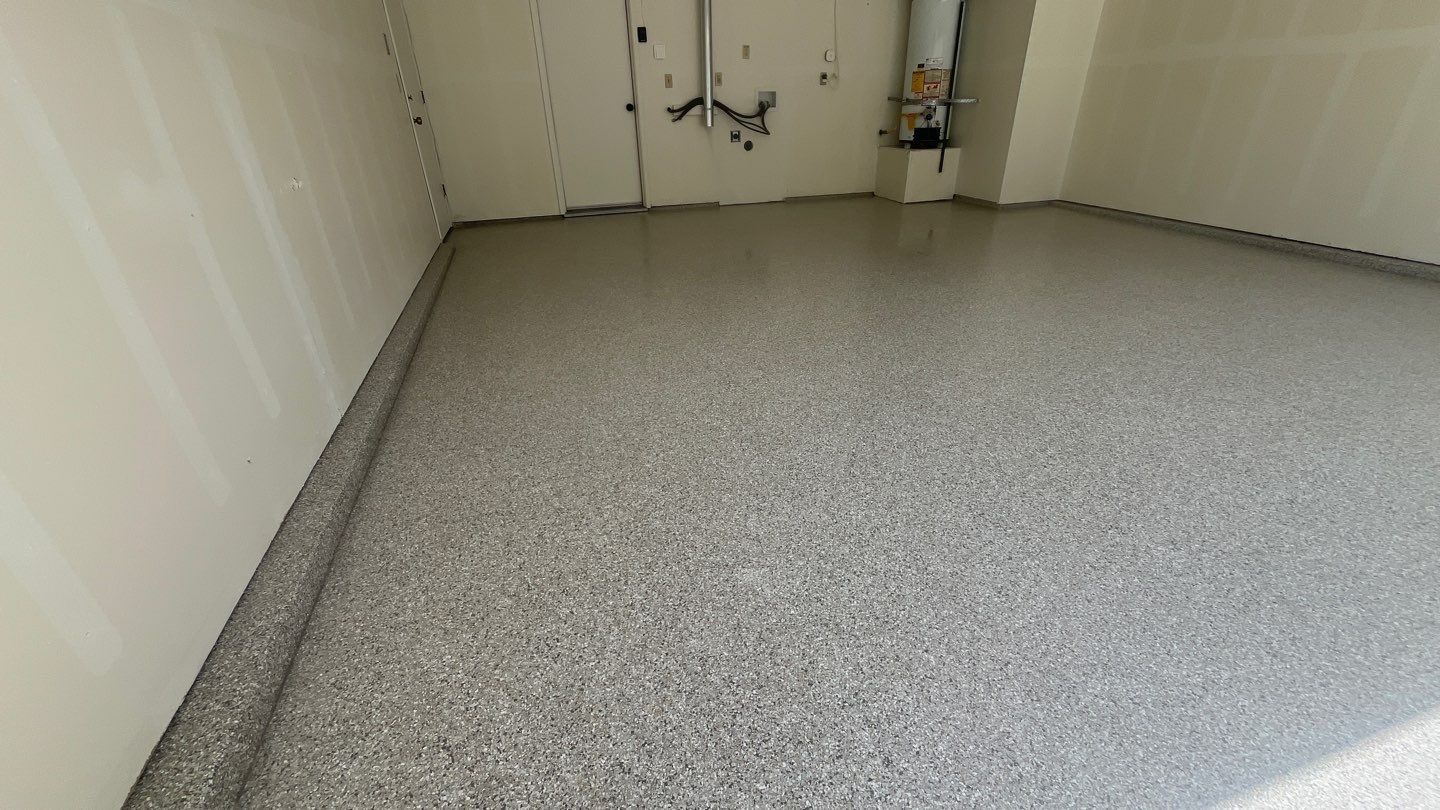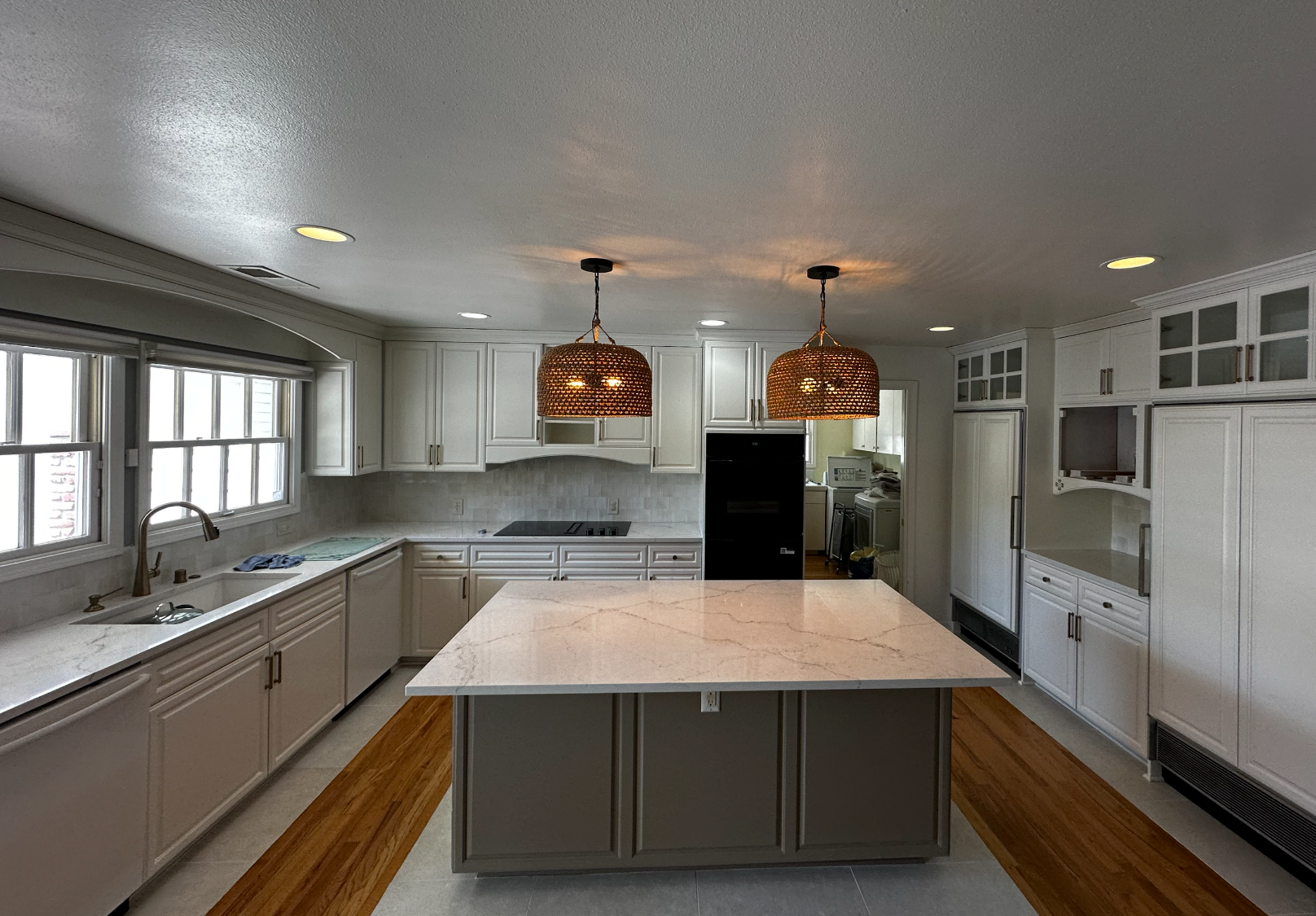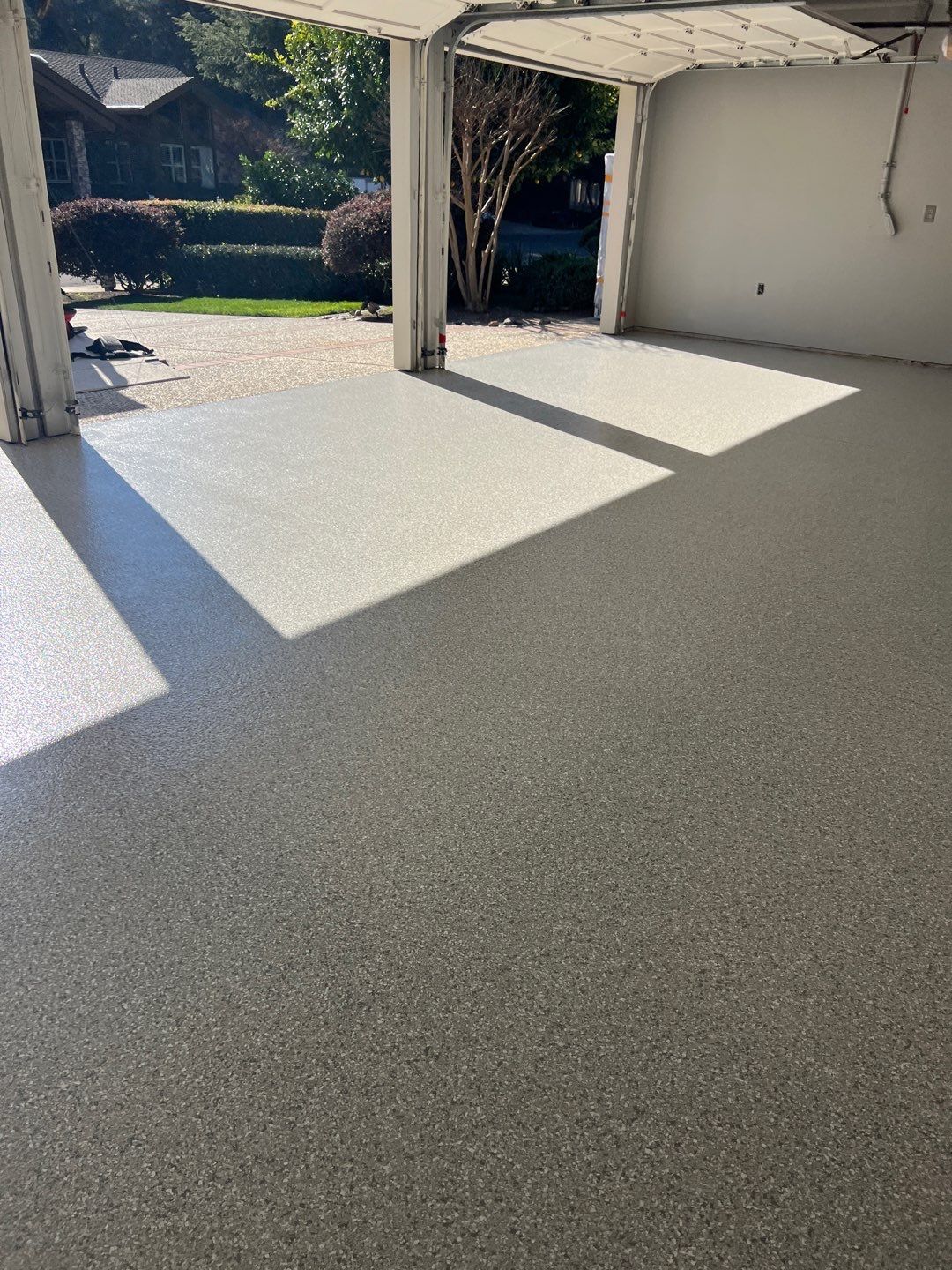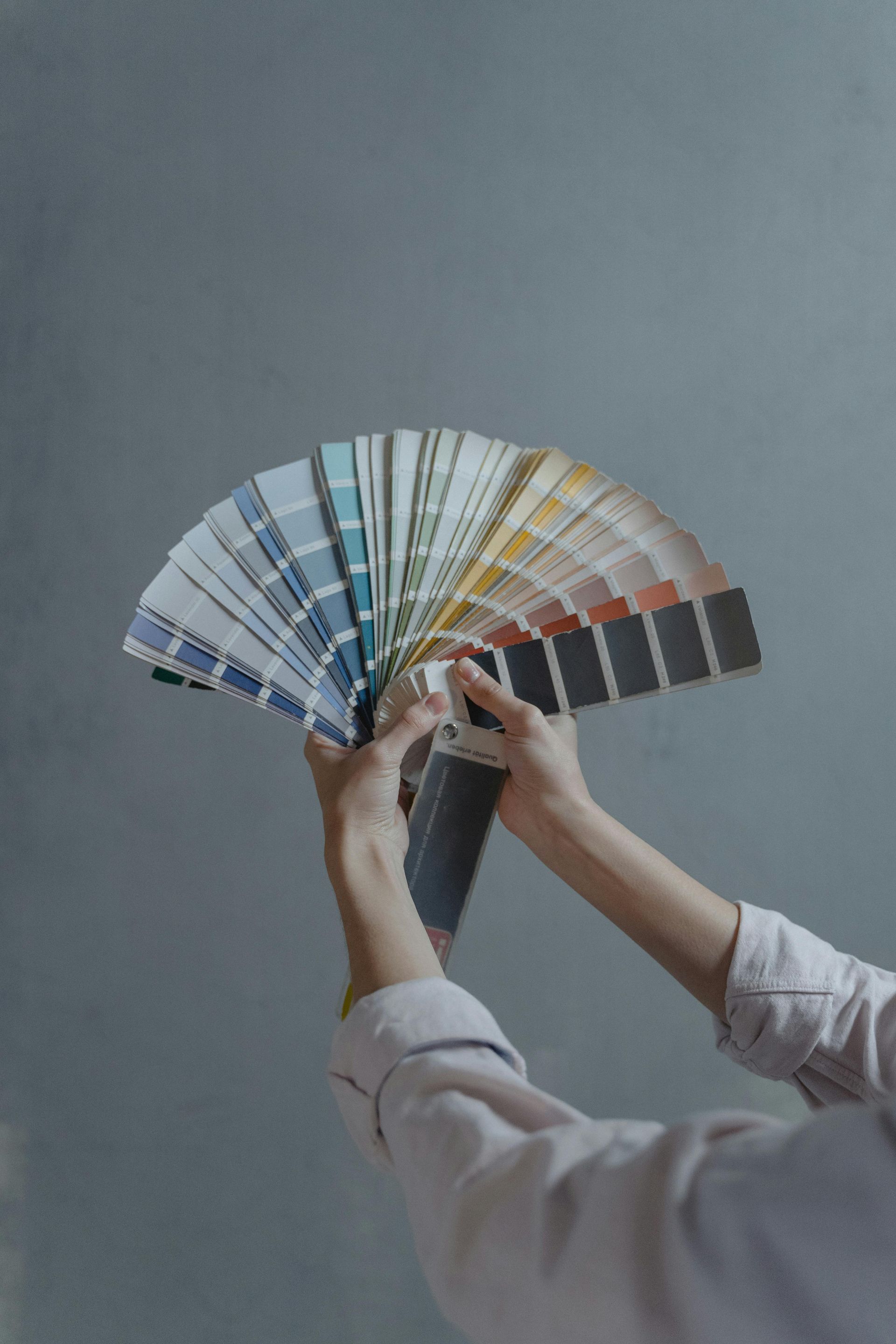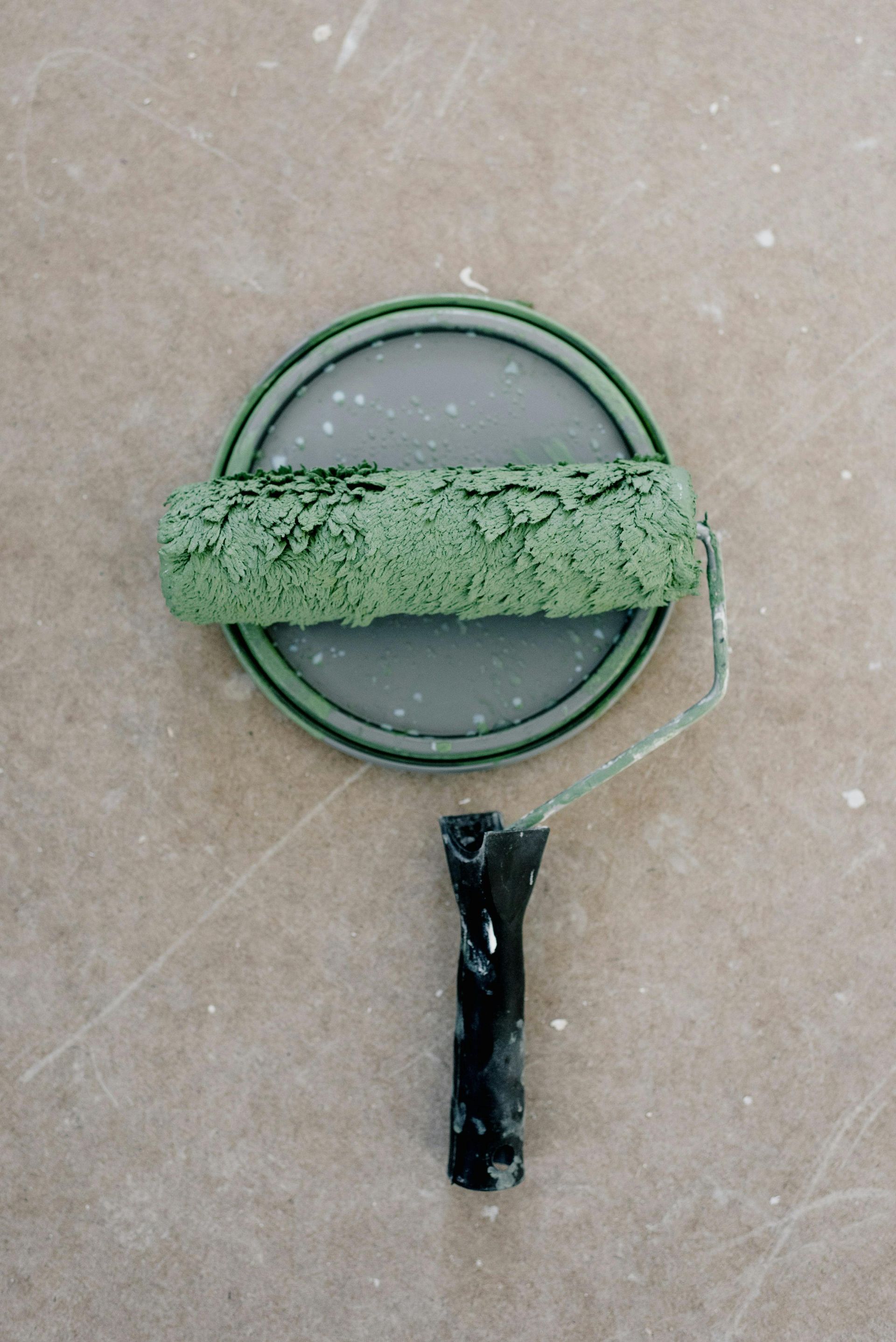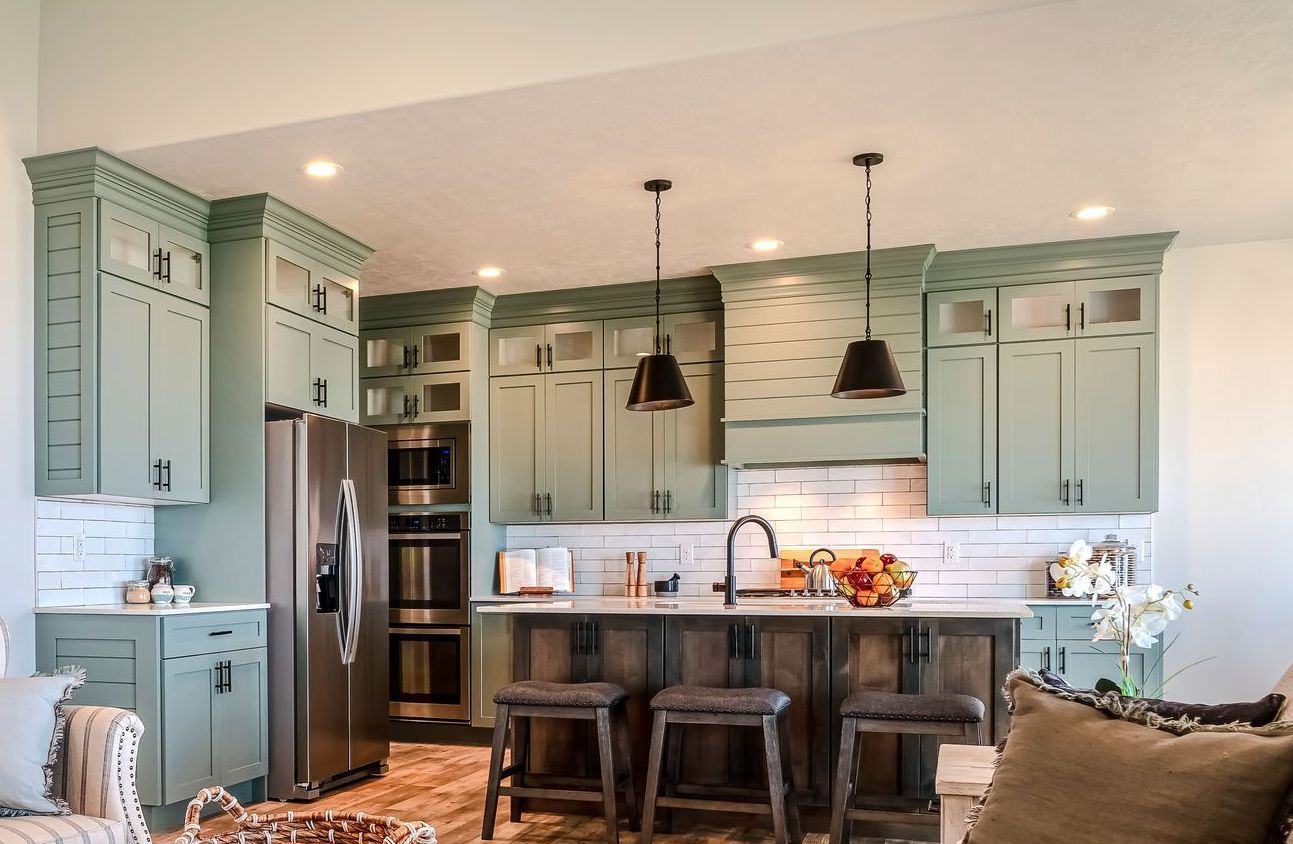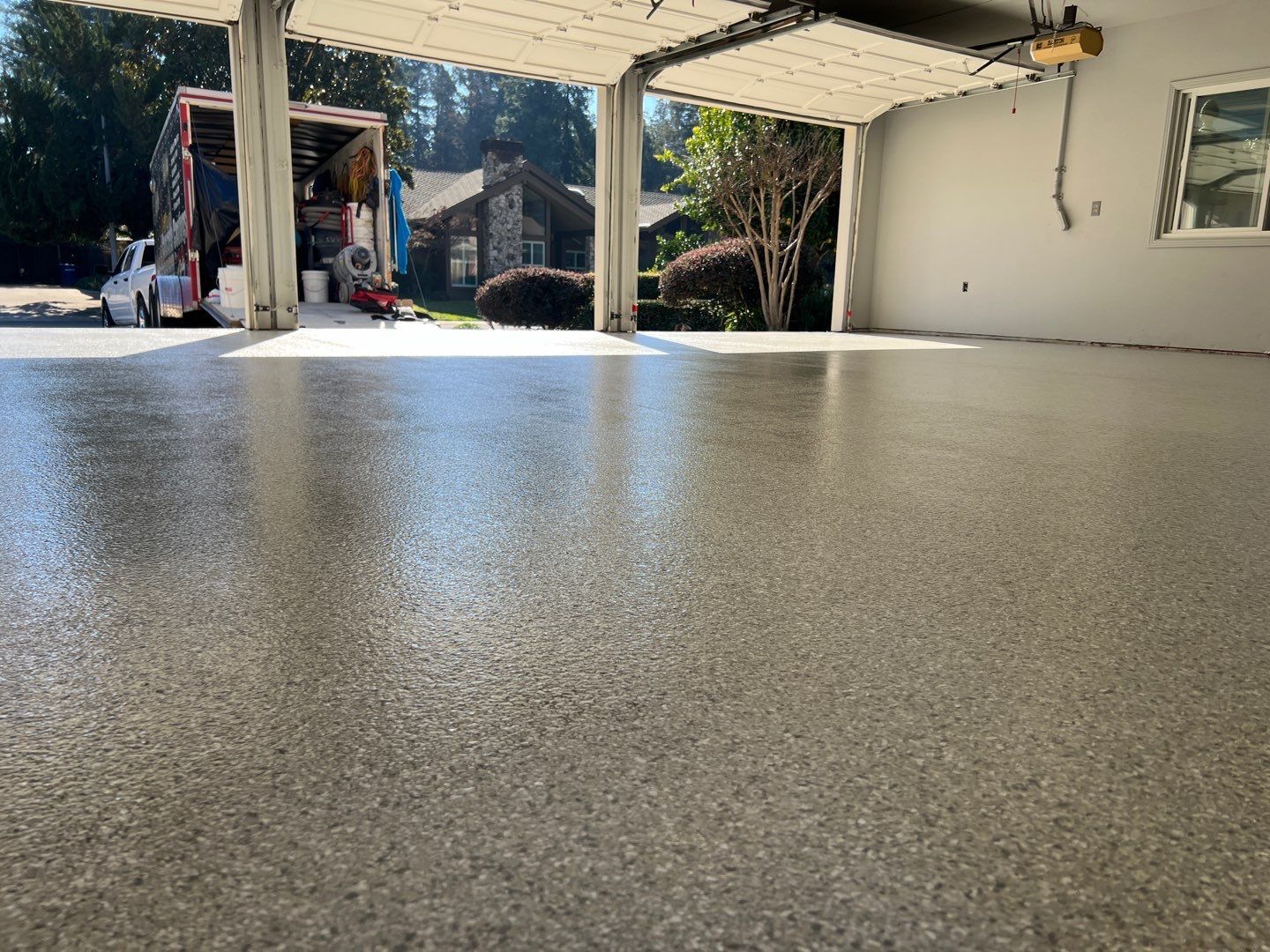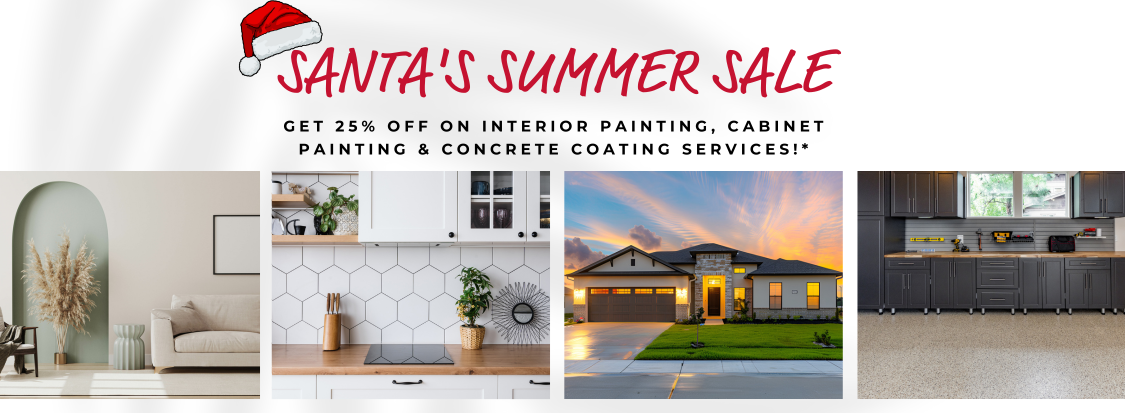Did you know that the color of a front door used to have symbolic meaning?
In Scotland a red door indicated that your mortgage was paid, and that you were a free and clear property owner. In colonial America, door color symbolized whether or not a home was receptive to weary travelers passing through (back in the day when hotels were harder to come by). The historical trivia goes on and on!
In today’s world, color represents personality and taste more than anything else. If you’re planning an exterior painting project , it’s important (and fun) to think through exactly what you want from your door, and what you want it to convey. The possibilities are endless!
So, how do you pick the right color for your home?
Are You More Interested in Tradition or Personality?
If you love the traditional, your options narrow down quite quickly. Traditional darker options include black, navy, dark red, and other deeper, basic colors. In other words, they don’t pop out.
White is still one of the most popular of the classic lighter door options. It’s pleasantly versatile, and provides a bright, refreshing welcome.
If personality is your goal, well, the sky is the limit.
Are You Staying or Moving?
If you’re painting for marketability, stick with a classic look. This isn’t the time to test out lime green or canary yellow.
Blending with the neighborhood is also important, so take a cruise up and down your street and check out what the comparable styles include.
What Is Your Home’s Style?
Speaking of style, your home’s architecture can guide you to a color choice as well. Modern design can pull off a more vibrant, unique door color, while traditional lines tend to get along best with subdued options.
What Complements Your Existing House Colors?
Let’s back up. What exactly is a complementary color? One that tells you that you look nice every morning? Not quite...
If you pull out a color wheel (or search for one online), you can find complementary colors by picking a color, then looking at its counterpart that sits exactly opposite. Red and green, blue and orange, purple and yellow, etc...
Now, the best part about colors is that there are whole spectrum of options within each color you choose. So, you can take the principle of finding a complementary color, then have a huge amount of fun finding your favorite tint, shade, and tone.
Find Door Color Inspiration Online
Reading our blog is a start!
You also should peruse websites like Houzz.com that link you to endless resources and inspiration.
Finally, we suggest talking to a professional house painting company. Painters like us here at Lancaster Painting can help connect you with awesome color ideas, and then, of course, make them a reality.
